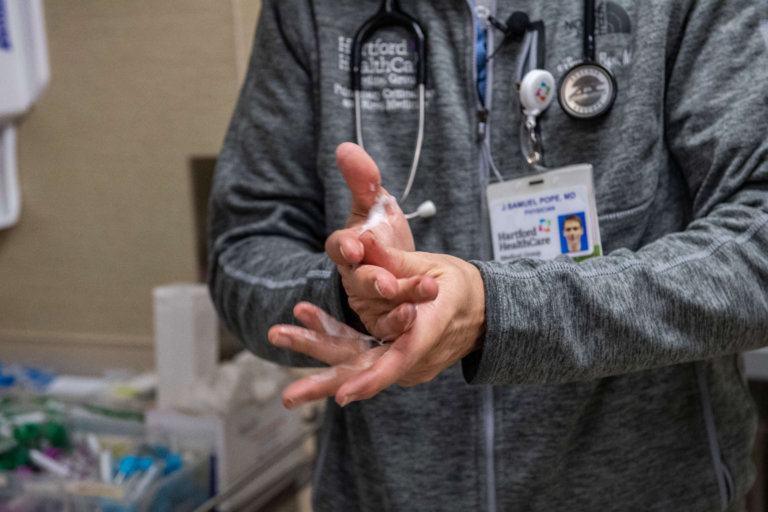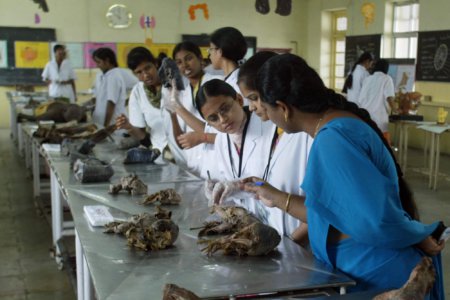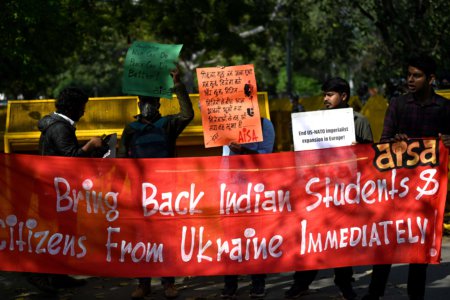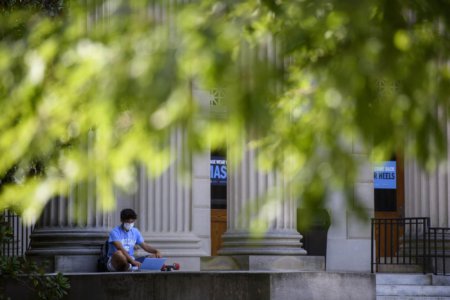
Match Day: the day you’ve been both dreading and anticipating, the day that can make or break your future career. Many medical students have been waiting with bated breath for this fateful day, hoping and praying that they’ll get the match they’ve applied for.
But what exactly is Match Day?
If you’re not a medical student, it’s understandable if this term has you scratching your head in confusion. Simply put, Match Day marks the time when fourth-year medical graduates all over the US find out if they have landed spots in the residency or fellowship training programmes they have applied for. It typically happens on the third Friday of March every year, but this can vary according to schools.
Why is Match Day so significant, though? We detail everything you need to know here:
To all of the med students and foreign med grads that have not yet matched. Don’t lose faith. Its coming. #MatchDay2022 #MedTwitter pic.twitter.com/JmjKypEMOM
— Bunny (@cosmicdrbunny) March 23, 2022
The importance of Match Day
It takes years of practice to become a doctor.
Upon completing a medical degree, graduates go through residency training, or graduate medical education. Typically lasting between three to seven years, residency training refers to the hands-on education and experience medical graduates gain in the field they want to specialise in.
It’s a key requirement for medical graduates; without it, you can’t get a medical licence that would allow you to practice. The first year of a residency is referred to as an “intern year”, or “simply internship”.
While residency programmes go back a long way — tracing to the early 1900s — the concept of matching is a little more recent. According to the Journal of American Medical Association, competition between residency programmes became so fierce by the 1940s that institutions began to “scout” promising medical students early in their education.
Because of this, students had to make a final decision to accept or reject a residency offer within a limited amount of time, preventing them from considering other offers that might come their way.
The National Resident Matching Programme was thus born to offer a centralised way to match students to their desired residency training locations across the US.
For the love of MATCHDAY 😍😍🤗 #MatchDay2022 #MatchDay pic.twitter.com/vhhhnkoNWN
— Adorable B. (@ObasuyiBlessin5) March 22, 2022
How a match is made
The matching process is done fairly quickly through a computer-generated programme that considers every fourth-year medical student’s applications, which opens every September 15. However, students start thinking about Match Day long before they begin their applications.
The first few years of medical school are fairly general — students learn the basics every doctor should know. This ensures that by the time fourth year comes around, they have an idea of what they’d like to specialise in and what kind of doctor they’d like to become.
Graduates send applications to hospitals offering training in that specialty. This is done through the Electronic Residency Application Service (ERAS), which will typically include a personal statement, letters of recommendation, transcript, and more.
Between October and February, students get the chance to scope out the places they want to spend the next few years of their lives. Sometimes, hospitals extend invitations for an interview, which is beneficial to both parties in getting a feel for how well a student will fit into a specific hospital programme.
Once this is done, graduates rank their offers according to their preferences. Similarly, a residency faculty will do the same — ranking students to fill in residency slots. If a student and programme both show strong interest in each other, the computer will form a match.
It’s a little like a dating app — matching students and residency programmes according to their preferences.
Last Friday 170 medical students from UW learned their residency match. Revisit #MatchDay2022 excitement as these soon-to-be graduates celebrate the next phase in their training. https://t.co/Y8xjTQGujE pic.twitter.com/7AVpvXrY0l
— UW School of Medicine and Public Health (@uwsmph) March 22, 2022
What does Match Day look like?
The pandemic has forced Match Day to take place virtually over the past few years, but in normal circumstances, it’s celebrated in person.
Every year, medical schools get to download top-secret lists of which students matched to which residency programme. They print out a letter for each student to be opened on Match Day.
Most medical schools organise a proper event for Match Day, inviting students and their loved ones to witness the ceremony, complete with speeches and balloons — just like results day.
Students who get matched with their top choices often celebrate with joy, but of course, this isn’t the case for every soon-to-be doctor. However, the most important thing to remember is that there’s always a plan B to help you become a real, fully-fledged practising doctor.










